The past few weeks have been eventful, tumultuous and sometimes thorny ones for student protesters at several colleges and universities across the country. These protests have largely been based in race issues, the largest of which saw effects manifest just two days ago in Columbia, Missouri when, on Monday, the heads of the University of Missouri System and its Columbia campus announced their resignation. This action came amid allegations that they had not responded to widespread racial issues on campus.
A few days previously, in New Haven, Connecticut, weeks of tension surrounding alleged racial insensitivity came to a boiling point at Yale University. After professors issued several advisories on acceptable, racially sensitive Halloween costumes, another professor, a live-in “master” in one of the campus residences, responded with an email expressing fears that liberal arts campuses will become “places of censure and prohibition.” The email drew ire from many Yale students, and culminated Monday with thousands of students gathering to call for an end to racism on campus.
These larger incidents have given rise to a rash of other, smaller protests across the country. Walkouts have already been planned at Ithaca College and Smith College, both in the northeast.
These protests are, by and large, not harmful. Indeed, they bring up important issues of race, representation and respect at liberal arts institutions that are still largely attended by a significant majority of white, privileged students. This point must be made very clear: the recent protests bring up weighty issues that are very worth fighting for and discussing.
But that element of discussion is also where they can run into complicated territory. In both of these major protests at Missouri and Yale, the scent of censorship has been in the air, and much of that has to do with the concept of the “safe space.”
Safe spaces are generally defined as places where anyone can relax and express their views, without fear that they will be made uncomfortable or unsafe because of their gender, sexual orientation, race, religion or any other personal feature. In theory, such spaces sound innocuous at worst. But, as we have seen in the Missouri and Yale protests, they can snowball.
In Missouri, protestors celebrating the ousting of their president in the school’s quad engaged in a confrontation with a student journalist, who was shooting photos on a freelance assignment for ESPN. He approached the camp to take pictures, but was told to get away. Several protestors chanted “Hey hey, ho ho. Reporters have got to go,” and one administrator told the photographer to “leave these students alone” in their “personal space.”
In Yale’s case, the “safe space” concept reared its head in the aftermath of the resident professor’s much-derided email about censorship, in which she posed the question “Is there no room anymore for a child or young person to be a little bit obnoxious … a little bit inappropriate or provocative or, yes, offensive?”
It is a valid question, and a valid intellectual problem to meditate upon. But that is not how it was taken by a significant portion of the student body, members of whom drafted an open letter to the professor in question that read, “We are not asking to be coddled… [but] simply ask that our existences not be invalidated on campus. This is us asking for basic respect of our cultures and our livelihoods.”
That statement is a gross exaggeration; the email did not disrespect anyone’s culture or livelihood. It merely posed a question that went, marginally and respectfully, against the dominant narrative on how to deal with race on college campuses. And that disagreement, apparently, tore down the safe space walls.
Safe spaces, in these contexts, are being abused. The incidents at Yale and Missouri are not unique. But they, and others like them, are representative of a trend at many colleges and universities, many of them institutions of the liberal arts. Students are using the concept of these spaces to go beyond feeling “safe” and to create a shield against any possible criticism or disagreement. By claiming that feelings are hurt or that they feel invalidated, students allow emotion to proliferate at the expense of rational discussion.
This is not to say that emotion has no place in academic life. Emotionally charged discourse can be extremely powerful. But we cannot claim that opposing arguments are unacceptable because they hurt us, or make us feel invalid. By saying this, we take away our own power. We are not invalid. In fact, we are fully capable of standing up for ourselves, and engaging in legitimate arguments about what we believe in, whatever that may be.
There is still a place for safe spaces on college campuses and otherwise. But there is a much larger place for unsafe spaces, for spaces where our opinions are challenged, where we are forced to legitimately consider and respond to arguments that belie our own beliefs.
We cannot hide behind our safe spaces.



























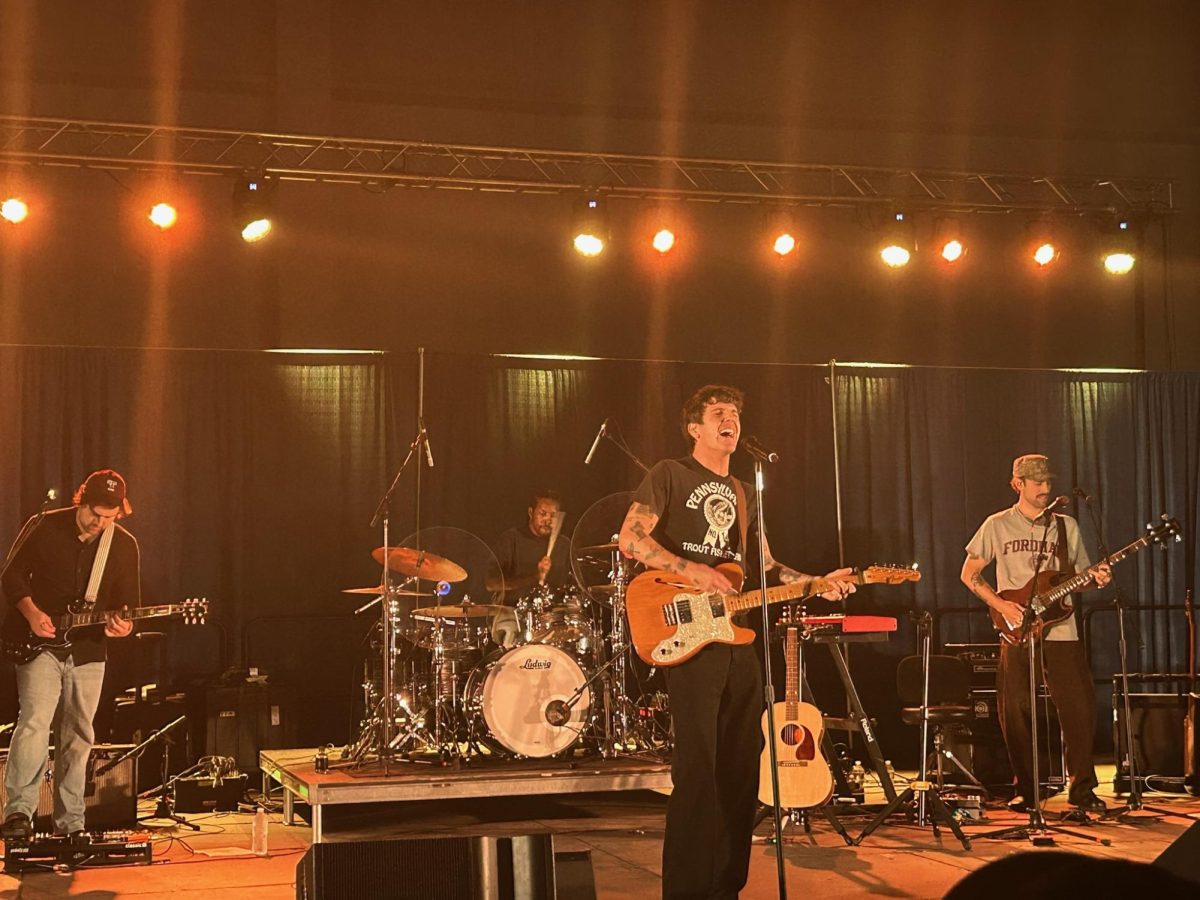
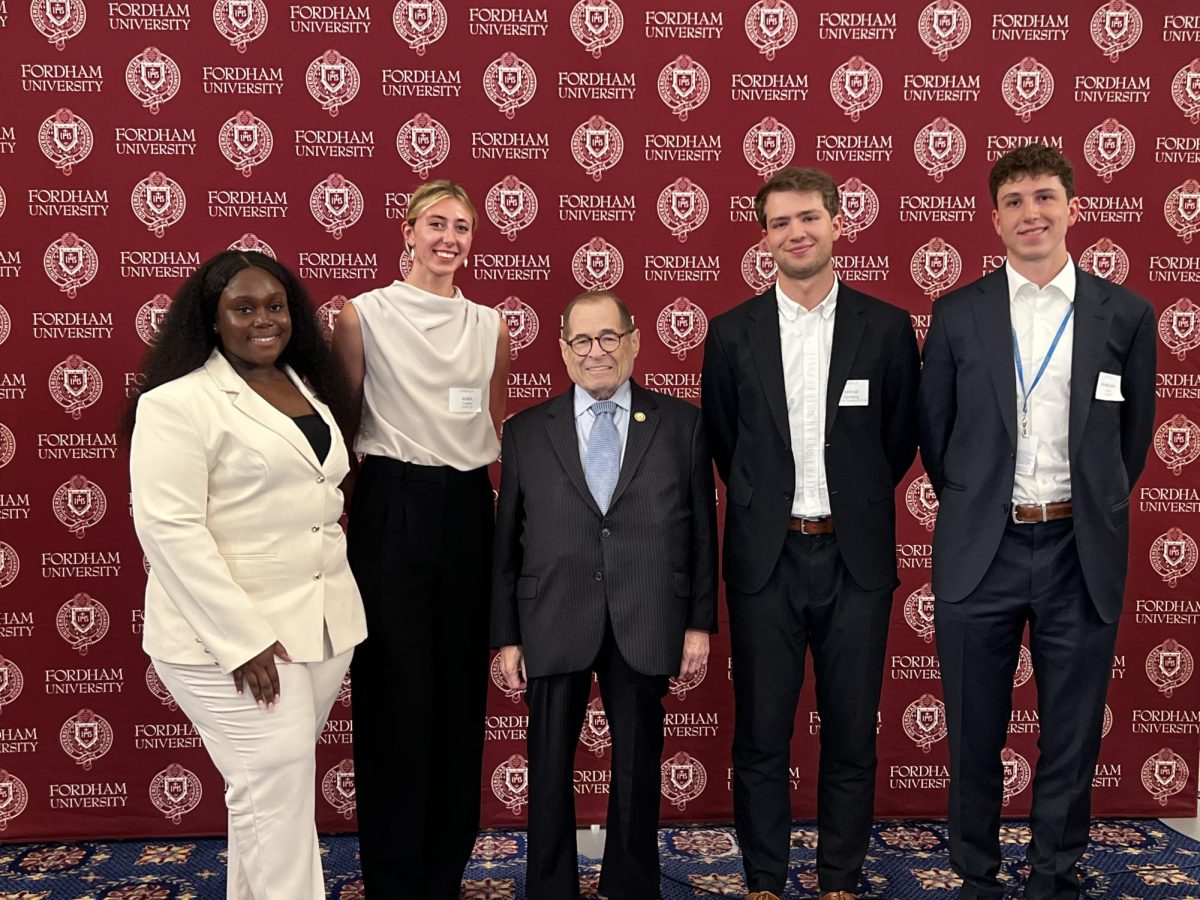




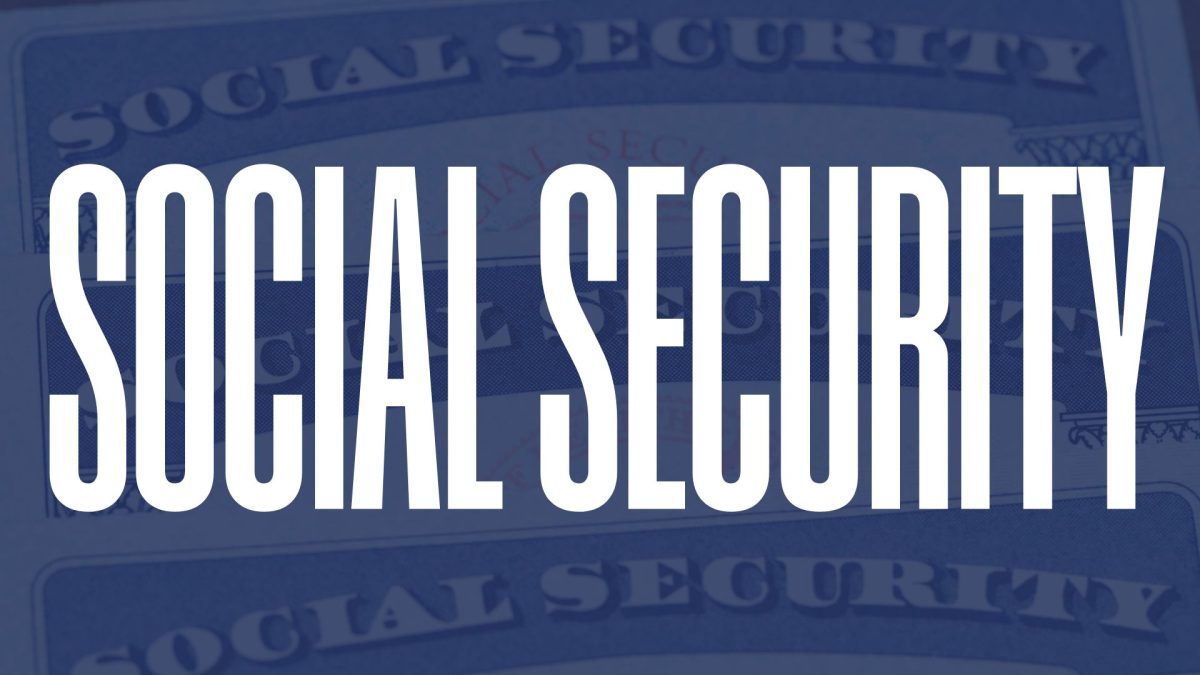
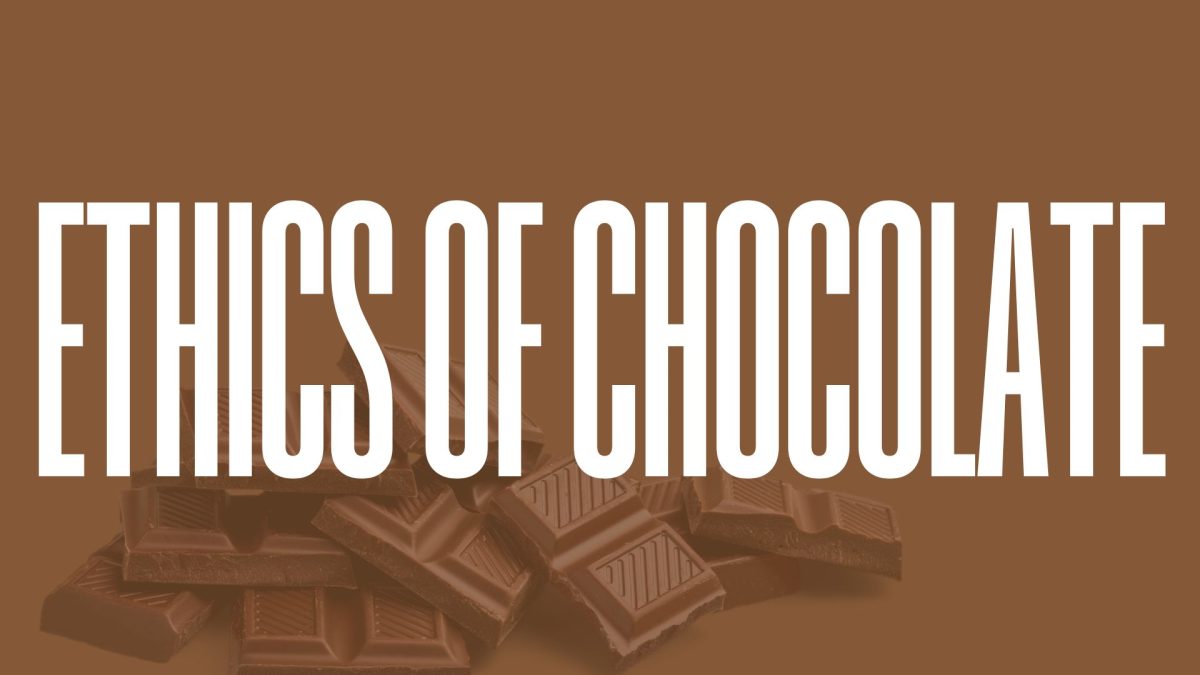







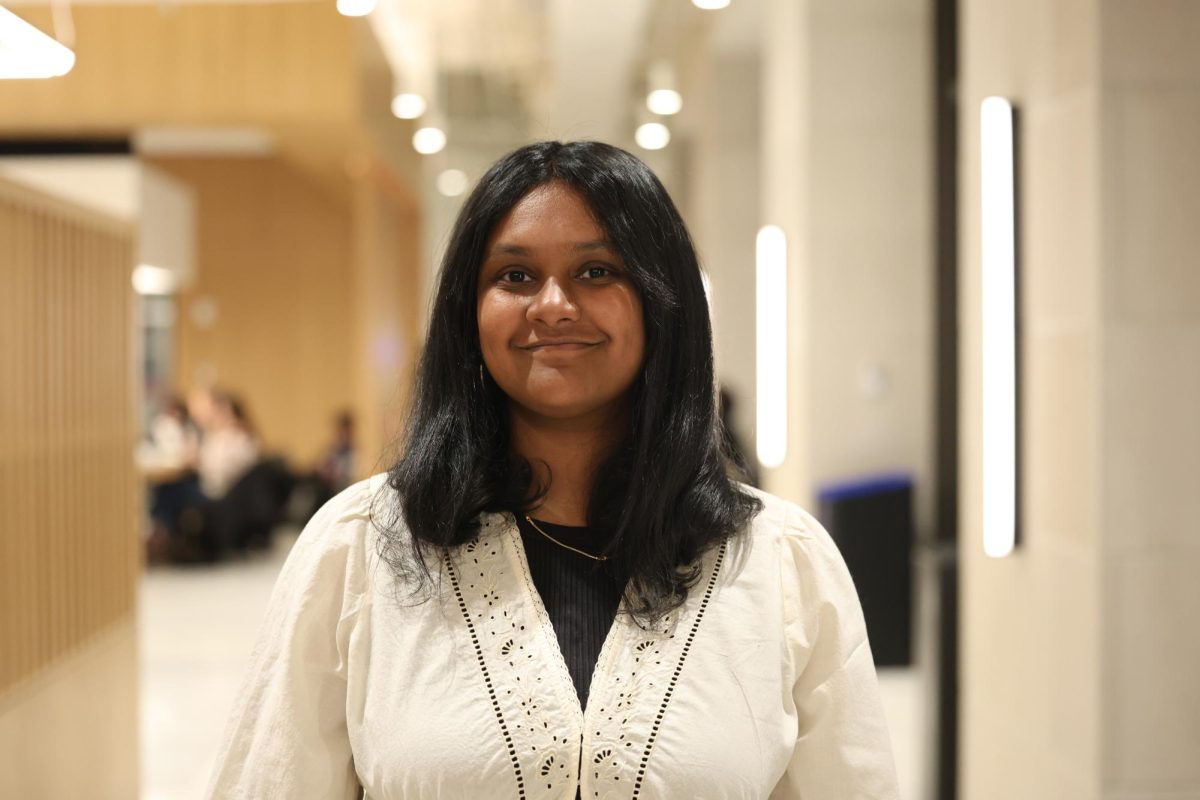

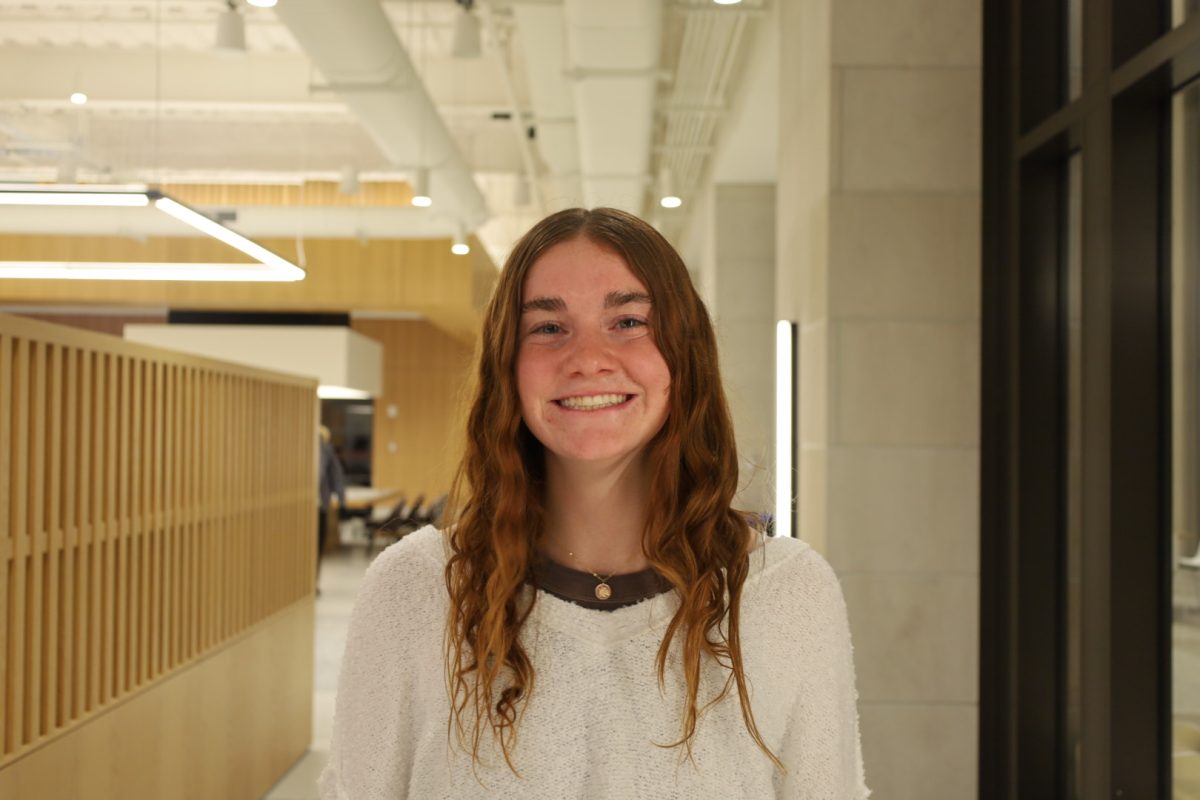
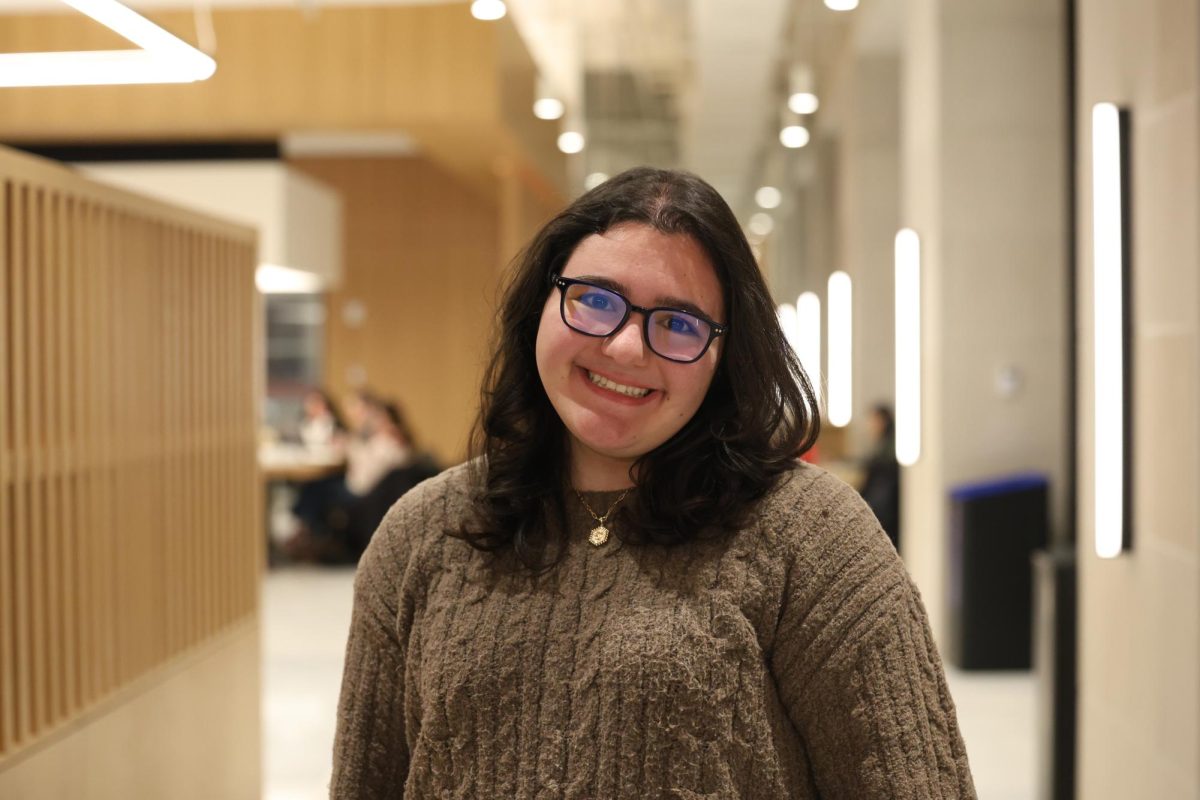





















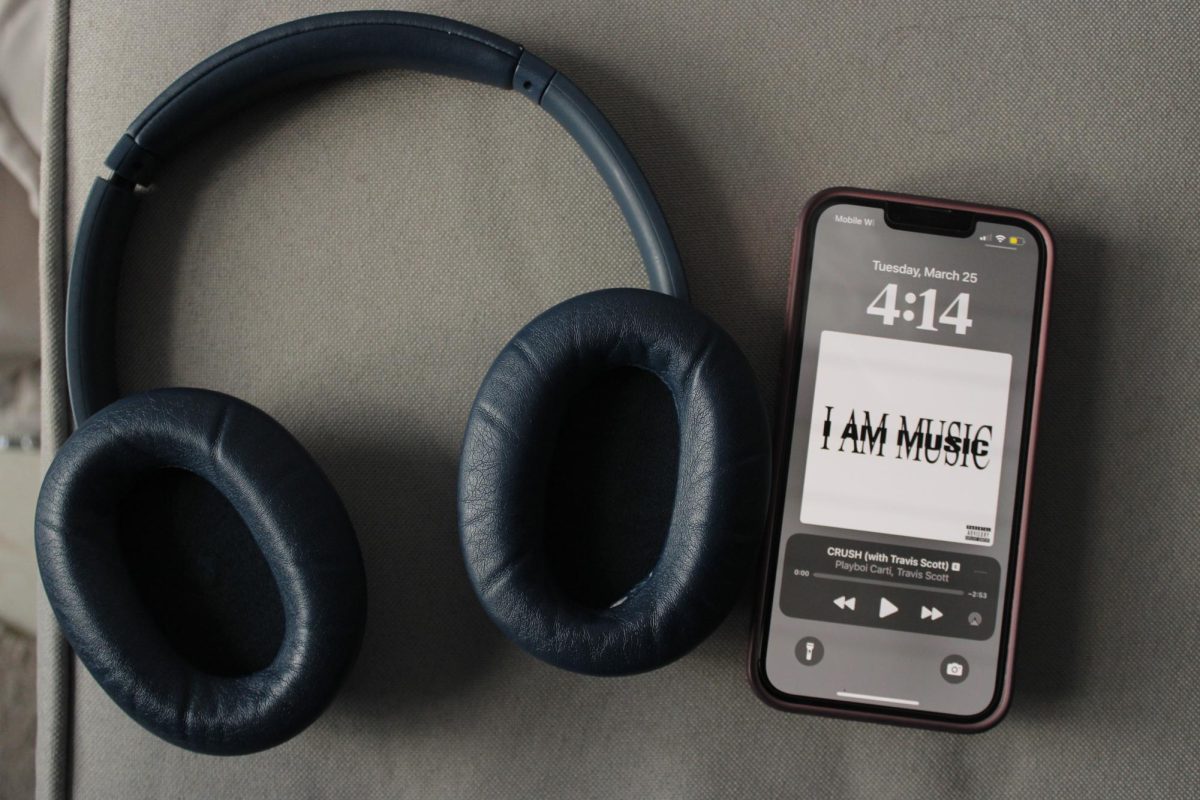





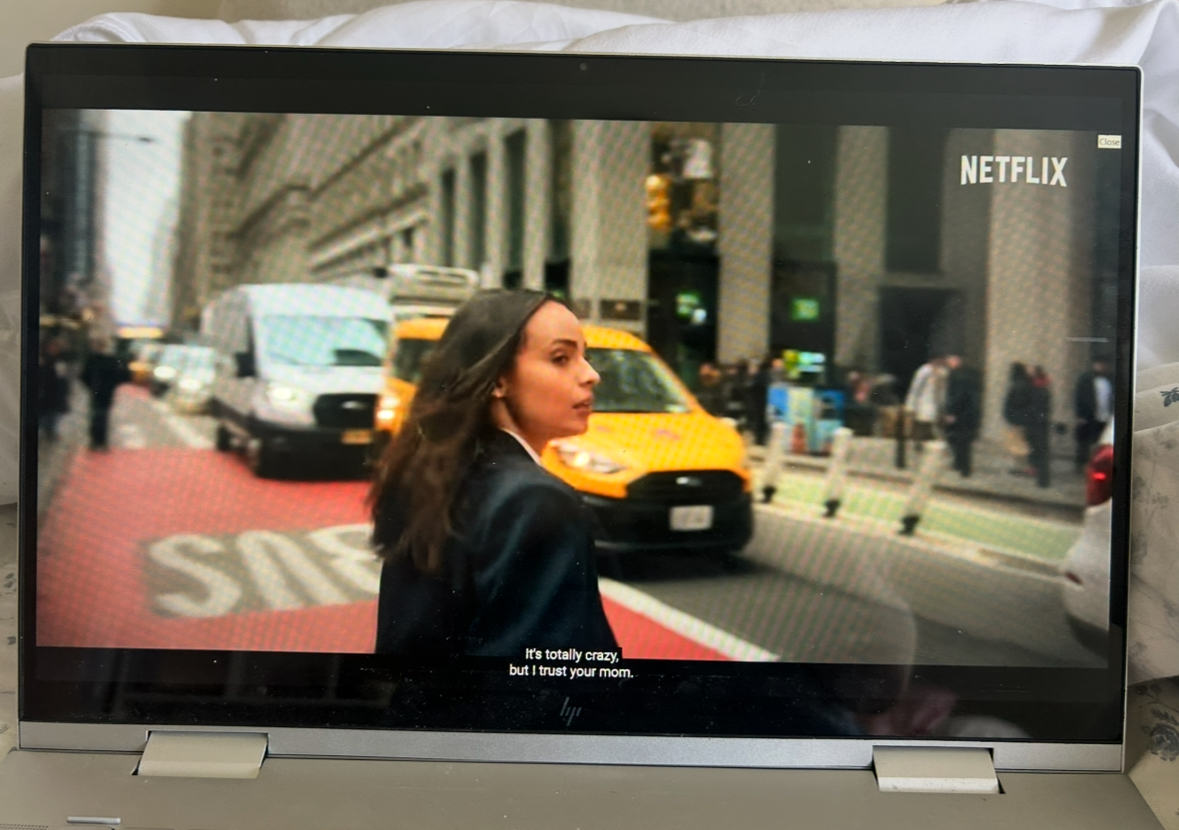






























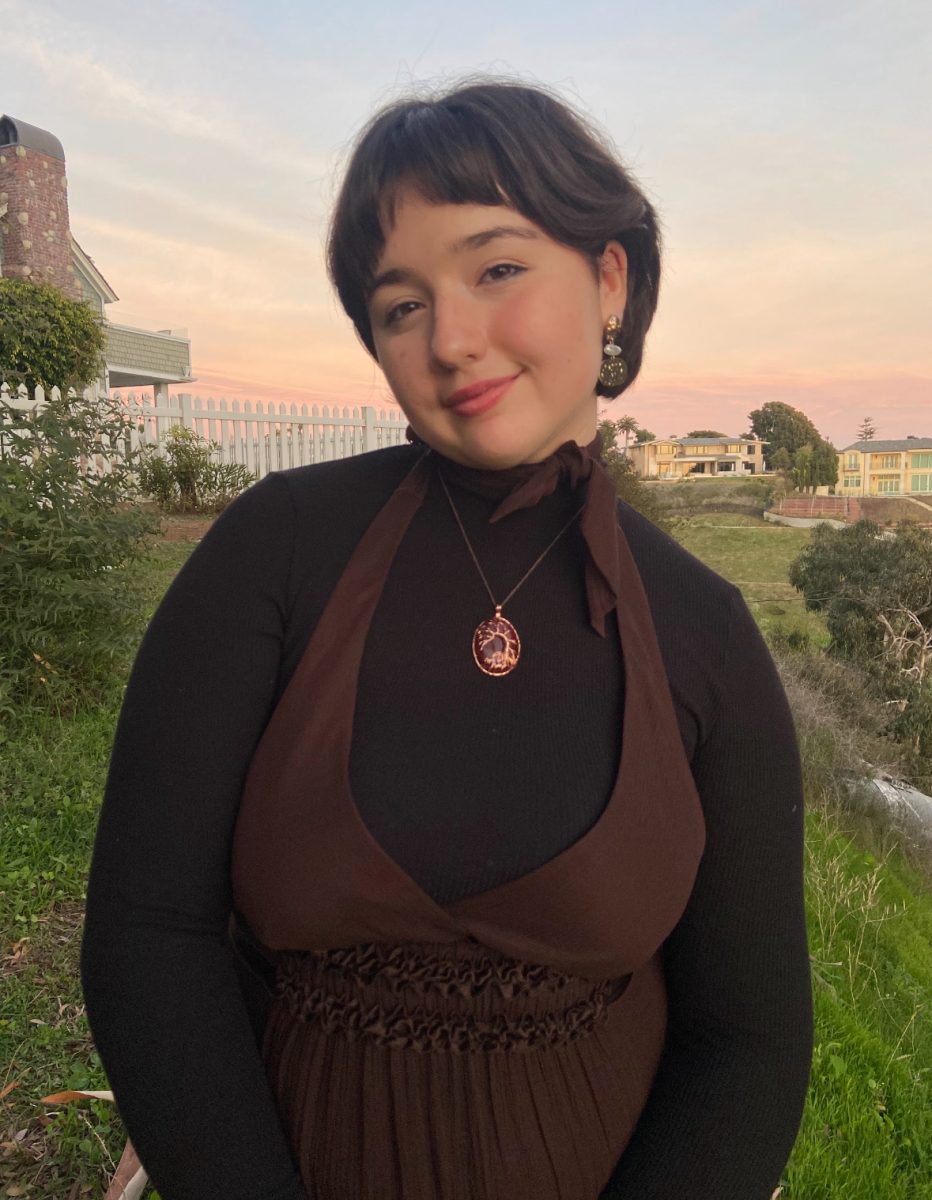















































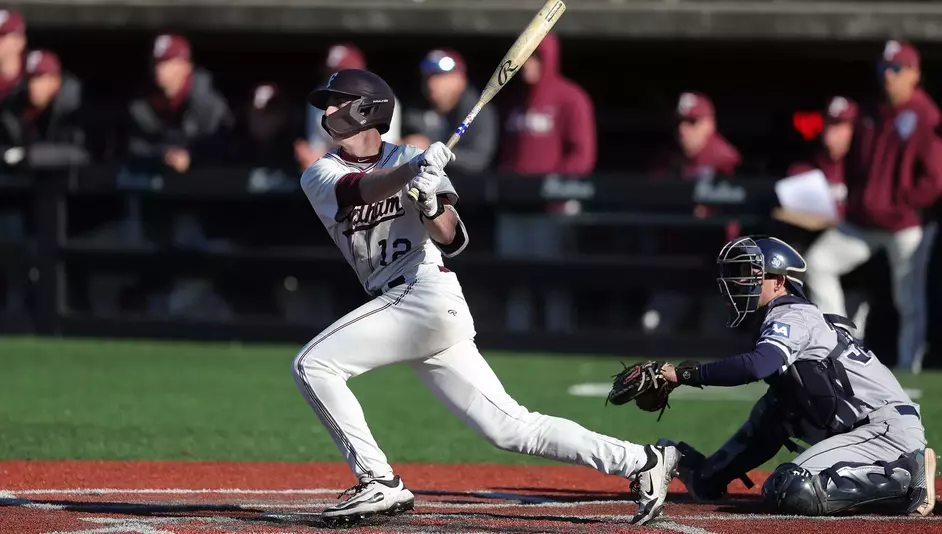









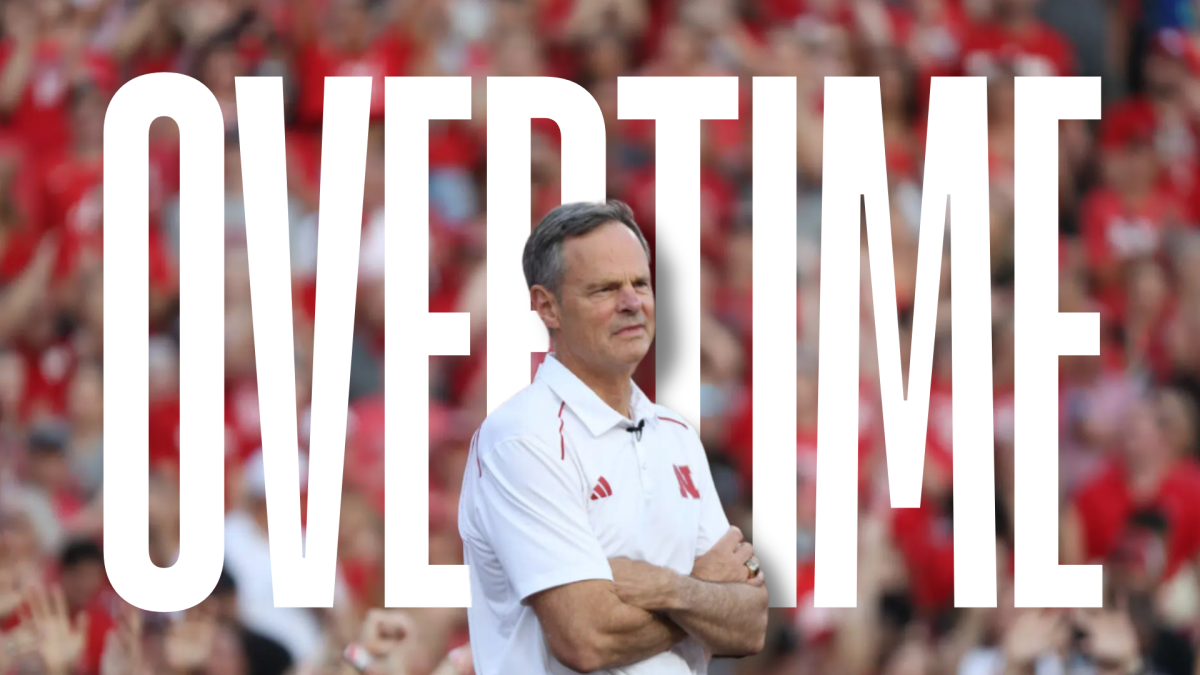

































Olivia Cooley • Feb 26, 2016 at 1:16 pm
When the students wrote “This is us asking for basic respect of our cultures and our livelihoods,” I don’t think they were claiming that Christakis had disrespected their culture or livelihoods. I think they were referring to the original issue, which was that the Multicultural Affairs Committee had sent an email advising students to be culturally sensitive in their celebrations and costume choices. Many people (including Christakis) responded to that email by suggesting that it was a form of coddling students, and I think the aforementioned sentence from the students’ response email was simply pointing out that asking not to have your race or identity disrespected as a holiday celebration is not a form of coddling, but is rather a simple demand for respect.
Additionally, I don’t see how the safe space issue factors into what happened at Yale. As far as I’m aware, the only mention of a “safe space” came from Christakis’ own email, in which she lamented that “American universities were once a safe space not only for maturation but also for a certain regressive, or even transgressive, experience”. This statement raises the question; for whom were these universities a safe space? Because they certainly weren’t safe for the students of color and other groups who were targeted by said regressive behavior.
The concept of safe spaces doesn’t seem very threatening in practice – it’s not as if there’s a physical space mapped out that requires anyone who enters to hold certain beliefs. For example, if I wanted to facilitate a discussion on the issue of abortion and I deemed it a “safe space,” it doesn’t mean there can’t be debate or that no one can disagree with each other. It just means that we will be respectful and won’t attack each other for things like our gender, sexual orientation, race, class, etc. This isn’t “suppressing necessary dialogue,” it’s merely suppressing racist, sexist, homophobic, classist, etc. dialogue, which doesn’t belong in an academic setting anyway.
To me, the issue of safe spaces is overblown. They’re not used super frequently, and they’re often ill-defined and not really enforceable. There are certainly things that are more threatening to necessary dialogue than the concept of safe spaces.
Matt • Nov 12, 2015 at 9:17 pm
Samantha, I would like to point out that you can’t ask to have a safe space and then not allow people in it. Safe spaces aren’t supposed to be only available for certain groups or beliefs. They’re for everyone. Now, you’re example of an anti-semite is one thing, but what’s stopping people from deciding that people that aren’t supporters of gay marriage or are pro-life don’t get to be included in the “safe space” because someone else in the group doesn’t like their beliefs? You can’t have a dialogue that’s only inclusive of one point of view.
Samantha Norman • Nov 12, 2015 at 1:15 pm
I have to respectfully disagree. The definition you found of safe spaces via thesafespaceproject’s tumblr page and pinned by Google (“anyone can relax and express their views, without fear that they will be made uncomfortable or unsafe because of their gender, sexual orientation, race, religion or any other personal feature”) is general, as you said. It is an umbrella definition that only attempts to account for many societally-normalized intricacies of oppression. A safe space is so much more than that definition because a safe space is a functional condition– for one, declaring and agreeing upon safe space is necessary to even start the difficult conversations on race and racism that you’re writing about. An example: I’m a white cisgendered female who carries with me significant privilege. But if I’d like to talk about my personal and political opinions, I’d hate to do so with someone who has made antisemitic statements in front of me! I’d feel unsafe and might slip up and say some unsafe things back. My identity is one among many, though when my fellow students suffer from the constant aggression of being underrepresented as students of color in a predominantly white institution, that should take priority. Maybe an extension of pure logic and a niched, vague definition of safe space would lead one to say that safe space can snowball into censure as in the case at Yale, but what actually has snowballed is white supremacy’s excusing of jabs, jokes, and the blatant perpetration of violence to the extent that now we have to say so loudly, we need to “creat[e] an atmosphere where the student feels important” because we’ve created a society and racial hierarchy that doesn’t give that right of importance to students of color (quote from http://www.academia.edu/7938423/WHAT_IS_A_SAFE_AND_AN_UNSAFE_SPACE)
Claiming that the instance of a photojournalist being shut out because of “safe space” is nothing new– that photojournalist should understand that taking pictures of strangers is hardly ever ethical and consent is a huge topic of debate in the field. Approaching politely OR waiting for the explicit invitation of those students for press is much more productive and truthful to the story, and the duty of any reporter or documentary photographer is to report truth.
Stating that black students in Missouri have had “thorny” weeks because their request to be explicitly validated and valued was ignored by administrators is an understatement and a microagression (more than that, actually).
If I’ve misspoken in any way I welcome further comment.
-Samantha Norman, FCLC 2018, not hiding behind my safe space
Dean Rodgers • Nov 11, 2015 at 11:57 am
TONIGHT: the Bias Incident Resource Group hosts the first of its Film/Media Series followed by reflection and discussion. Come see “Dear White People” at 5:30 in McGinley 237.For more information about what has been happening in this area here at Fordham: http://www.fordham.edu/AGAINSTBIAS